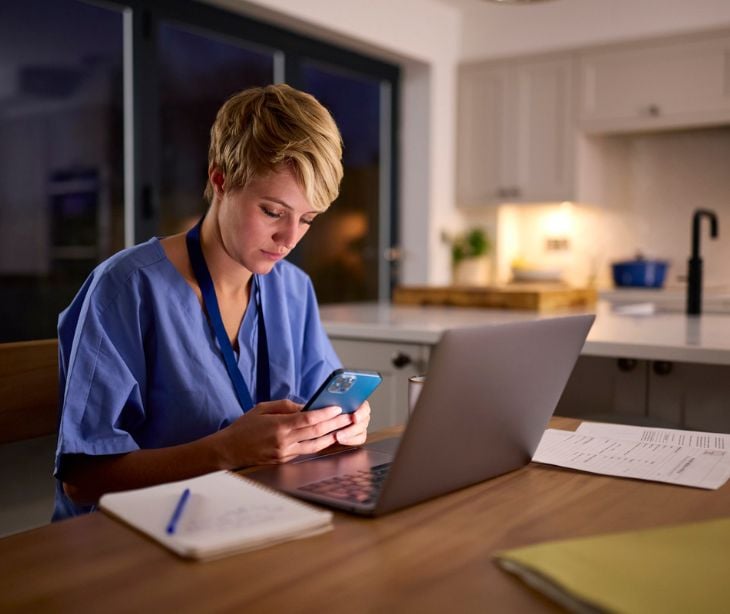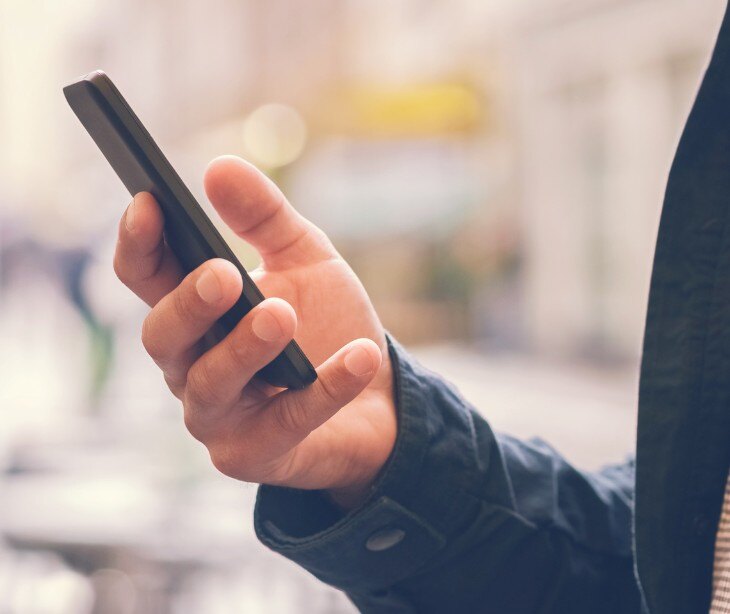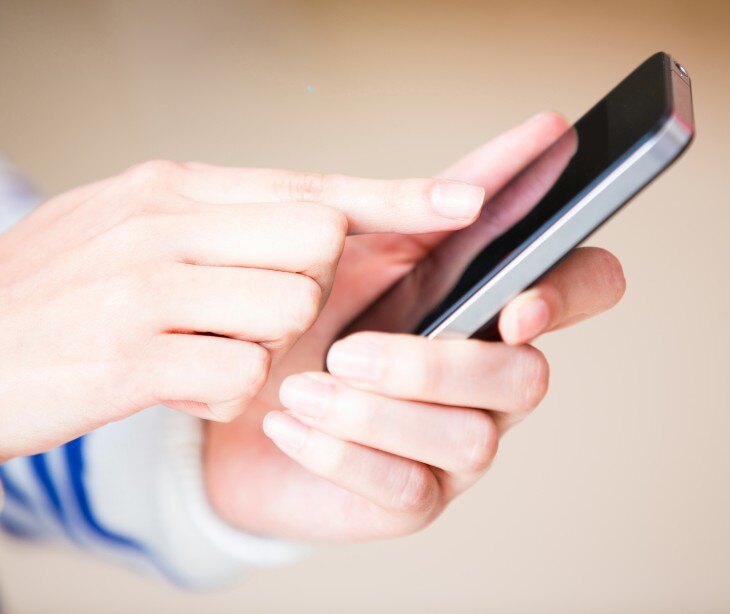2 min read
How can text messaging be used for remote patient monitoring?
Liyanda Tembani
July 12, 2023

Remote patient monitoring (RPM) allows healthcare providers to monitor patients outside traditional healthcare settings. Healthcare providers can use text messaging as a communication channel in RPM but must follow the guidelines below to ensure HIPAA compliance.
Related: What is remote patient monitoring?
HIPAA compliance and text messaging
HIPAA sets standards to protect patient privacy and data security. When using text messaging for RPM, healthcare providers must take steps to comply with HIPAA regulations. Text messaging offers a convenient and accessible means of communication, but it also poses potential risks to patient privacy and data protection.
Ensuring HIPAA compliance in text messaging for RPM
- Secure messaging platforms: These platforms offer encryption features, user authentication mechanisms, and access controls to protect the confidentiality and integrity of patient information. By using HIPAA compliant text messaging platforms, healthcare providers can ensure that messages are transmitted securely and accessed only by authorized individuals.
- Business associate agreements (BAAs): Healthcare providers should establish BAAs with third-party vendors involved in text messaging for RPM. BAAs confirm that vendors understand and adhere to HIPAA requirements, making them accountable for protecting patient information.
- Training, policies, and procedures: Train staff members on HIPAA regulations and guidelines for text messaging. Establish policies and procedures covering appropriate use, response protocols, device security, and data backup measures.
- Consent, opt-out, and patient engagement: Obtain patient consent for text messaging in RPM. Patients should have the option to opt-out if desired. Transparent communication about the purpose, benefits, and risks of text messaging helps patients make informed decisions.
- Secure infrastructure and data management: Maintain a secure infrastructure for storing and transmitting patient information. Employ encryption to protect data during transmission and storage. Regularly update software and conduct security audits to help identify and address vulnerabilities.
- Auditing and monitoring: Continuously monitor and audit text messaging activities. Regularly review access logs and records to identify any unauthorized access, breaches, or potential security issues.
Application of HIPAA compliant text messaging in RPM
- Reminders and medication adherence: Text messages can be used to send automated reminders to patients about taking their medications, adhering to treatment plans, or attending scheduled appointments.
- Symptom reporting: Patients can use text messaging to report their symptoms or health concerns to healthcare providers. This can include providing updates on pain levels, side effects, or any changes in their condition. Healthcare professionals can review these messages and provide appropriate guidance or interventions remotely.
- Education and support: Text messaging can be a platform to share educational materials, health tips, and self-care instructions with patients. Providers can send text messages containing relevant information to help patients better understand their condition, manage their health, and make informed decisions.
- Monitoring and feedback: Patients can transmit vital signs or other health data to healthcare providers via text messaging. For example, they can send blood pressure readings, blood glucose levels, or other measurements captured by compatible devices. Healthcare providers can then analyze the data and provide feedback, advice, or necessary interventions remotely.
- Communication and follow-up: Text messaging allows healthcare providers to maintain regular contact with patients, addressing any queries, concerns, or clarifications they may have. It can also be used for follow-up discussions, care plan adjustments, or general check-ins, ensuring ongoing engagement and support.
Related: How to ensure HIPAA compliance when using RPM devices
Benefits of HIPAA compliant text messaging in RPM
- Enhanced patient care: Healthcare providers can receive real-time updates on patients' symptoms, vital signs, and medication adherence, allowing them to identify and address issues promptly.
- Improved patient convenience: Patients can receive care in the comfort of their homes, reducing travel and disruptions to daily routines. They can communicate with healthcare providers easily, ask questions, and receive guidance without frequent in-person visits.
- Increased access to care: RPM expands access to healthcare services, benefiting patients in remote or underserved areas. Patients who may have limited access to medical facilities can receive continuous monitoring and care remotely.
- Cost-effectiveness: Timely interventions and proactive care through text messaging can help prevent complications and reduce the need for costly medical interventions.
HIPAA compliant text messaging in RPM enables enhanced patient care, improved convenience, increased access to care, and cost-effectiveness.
Related: HIPAA compliant email marketing: What you need to know
Subscribe to Paubox Weekly
Every Friday we'll bring you the most important news from Paubox. Our aim is to make you smarter, faster.



